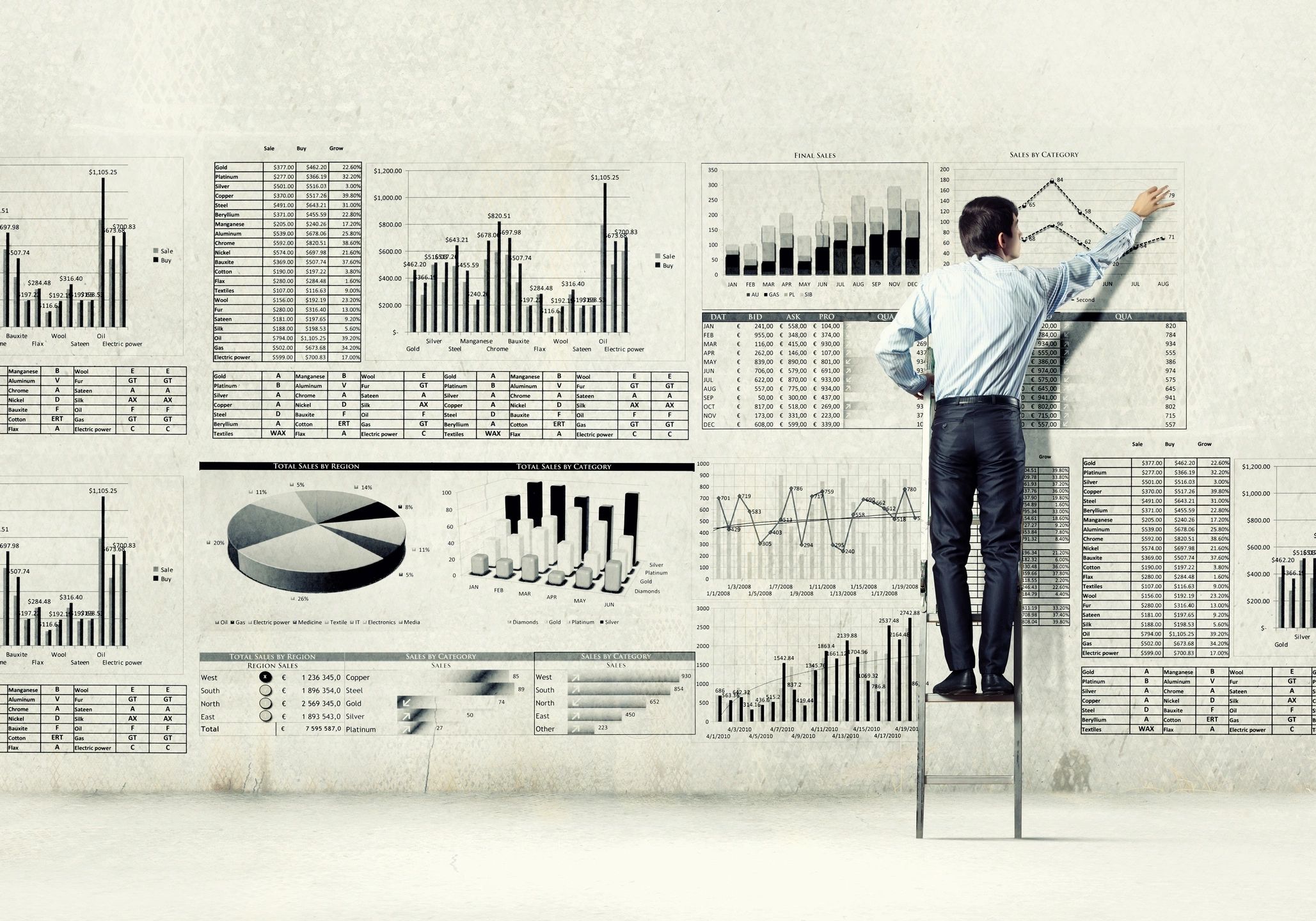We have finally come to the most detailed and resource intensive methodology for collecting facility condition data, the Element-Level Inventory (ELI). This approach includes the collection of an inventory of all of the elements present within a building, whether there is a requirement for any recommendations in the near term or not.
While an ELI does gather information on each element within the building, the granularity is generally based on the combination of like individual pieces of equipment. For example, if there are three rooftop units on a building and they are all the same capacity, age, condition, etc., the ELI will bundle them into a single element with a quantity of 3 or the sum of the capacity of each unit (depending on the unit of measure used in the ELI). If one of the units has been replaced recently and the other two were older, you would get two elements, one new and one old (with a quantity of 2).
One critical thing to understand about an ELI is that the expertise of the professional assessor is most valuable in the near-term. The closer you are to the present day, the more impactful the professional opinion. In general, the recommendations within the first 5 to 7 years of an evaluation period are impacted by the assessors opinions (based upon observations and reported issues/concerns). After that, the process tends to default to lifecycle replacements (Date of Installation/Construction plus the Expected Useful Life (EUL) of the element). The reason for this is that many things can change over five years in terms of the condition of an element. The best roofing professional in the world would not be able to look at a roof today and say with any confidence that it would last 12 vs 13 years. There are so many things that come into play (maintenance, weather, etc.) that will impact the condition of that roof in the next decade. This is one of the main reasons that the industry standard is to reassess buildings every 5 years. In this way, you can update the lifecycle forecast based on observed/reported condition issues.
Critical information such as quantity, date of installation/construction, Remaining Useful Life (RUL), etc. is gathered on each element allowing for a full lifecycle model of a building or a portfolio to be developed. This means that your planning horizon is in theory, infinite. This process also allows for the most accurate results when using the Sum of the Parts methodology to calculate the Current Replacement Value (CRV) of individual buildings, since you have a real-world understanding of each element present within the building.
If you are going to do a longer-term projection of capital renewal, you need to also make a decision if you are going to include Cyclical Renewals (CRs) in your forecast, based on your ELI. I have covered CRs in other blog posts in the past so I will just give a quick explanation of what they are here for context. CRs represent multiple future replacements of elements that have an EUL that is shorter than the timeframe of your forecast. For example, an element with an EUL of 10 years would be replaced potentially three times during a 20-year evaluation period (Year 0, Year 10 and Year 20). CRs allow you to include future lifecycle replacements of elements, but do not take into account the potential deferral of the replacement, or extension of the lifecycle of elements based on preventative maintenance, etc.
It looks like it is going to take me two posts to cover off ELI, so let’s leave it right here for now and come back next week to wrap up.




